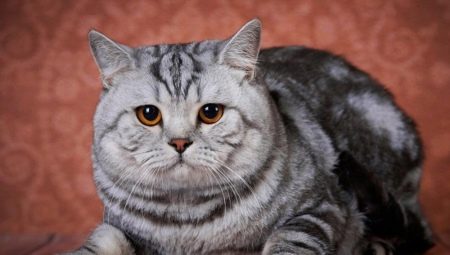One of the rarest and at the same time unique colors of British kittens is marble. Marble British cats and cats obviously will not leave any cat lover indifferent, because in addition to a luxurious fur coat, they have a very soft character, and they are also very graceful. It is believed that the British are real aristocrats of cat society. But what makes marble cats so attractive to many breeders and potential buyers? In this article, we will take a closer look at the description of the “British” in marble color, find out some of the nuances of caring for them, and also consider character features.
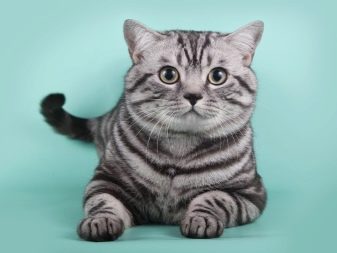

A bit of history
The British breed of cats is considered natural, but many colors of wool and its color have been bred by breeding and using cats from other breeds. Persians and exotics usually participated in the selection, these breeds have a lot in common with the "British", and therefore, when breeding new colors, the established breed standards did not suffer.
But also according to one version, it is believed that the marble color of the pets was inherited from their wild relatives living in Africa, India and other countries. However, initially it was not what it is now, and therefore, for its improvement, selection was carried out, in which, in addition to scientists, felinologists took part.
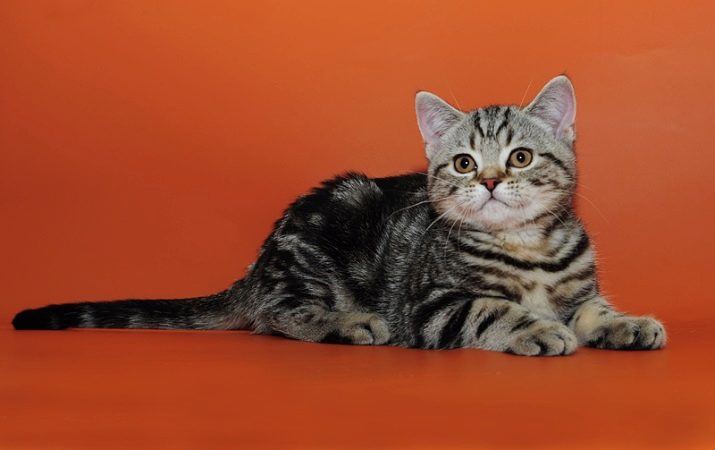
Color features and types
All cats that have any pattern on their wool are called tabby. This is the so-called group of colors. Marble cats with tabby color look really luxurious and unique. In addition, the patterns are usually contrasting and often resemble fur coats of wild animals.
- Marble cats and cats have a contrasting color with two types of hairs. The former are, as it were, colored by zones, and the latter are background. The hairs that create the picture are completely dyed.
- On the forehead of kittens and adults with a marble pattern, the letter “M”, which is a kind of exterior of this color, can most often be seen.
- Bright black eyeliner is usually present on the eyes and nose of marbled individuals. This eyeliner is very similar to the one that British chinchillas have.
- The main pattern of British marble individuals is always clear and even, it has smooth transitions throughout the coat, but never looks vague.
- "Necklaces" on the chest of animals are very appreciated in this color. And the more of them, the more appreciated this or that individual. Contrasting specks of various shapes can be observed on the back, abdomen and ears.
- Eye color very often depends on the color. For example, cats and cats with chocolate marble color most often have green eyes, while individuals with gray-black whiskas - blue or gray.
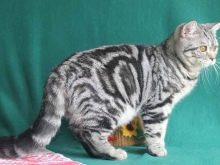
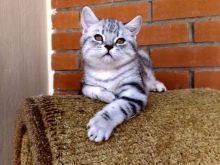
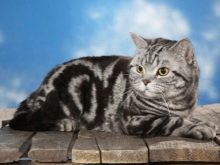
The marble "British" always have a pattern on their rounded cheeks.
Closed contrast circles can be observed on the tail of the animal and its legs. The wool of British marble individuals is not so short, due to which it seems that they are as if understated or have short paws. But this is the breed standard. The paw pads are most often dark.
Marble color is well expressed even in the smallest kittens. Do not confuse the marble color with others, for example, with tiger and spotted. They have their own differences.
- “Brits” of this color can be silver marble, when the main background color is gray-white with pure snow undercoat, and the spots on silver are contrasting black. Eye color can be gray, green or blue. There are other shades of eyes. Individuals with a green iris color and silver marble on a fur coat are most valued.
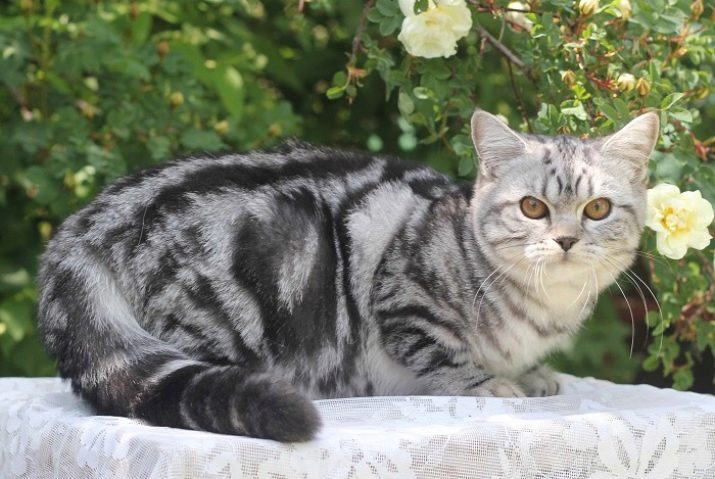
- There are also cats and cats with a less relevant, but at the same time popular color, namely: silver-lilac marble color, silver-red marble color, silver-chocolate marble color and some others.
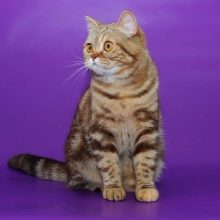
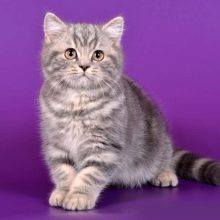
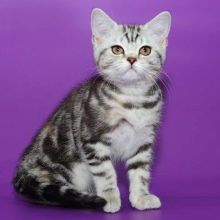
- Cats and cats look very refined with black marble on gold and golden chocolate. In such animals, the main color of the coat looks like a bright red or reddish brown, while all the spots have a rich black color.
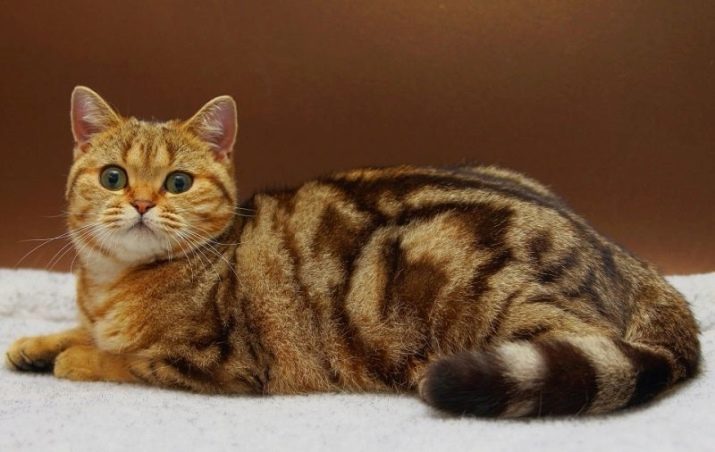
- In animals with black and blue marble, the pattern is less pronounced and noticeable. But at the same time, they look very beautiful and exotic.
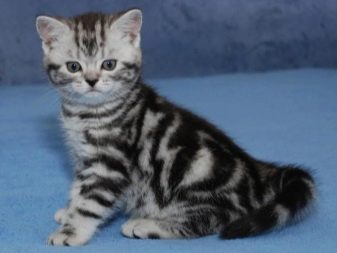
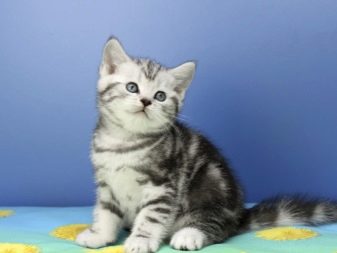
- Cats and cats with bicolor marble color have such a coat color that combines several shades at once, and at the same time the original pattern is necessarily present on the fur coat.
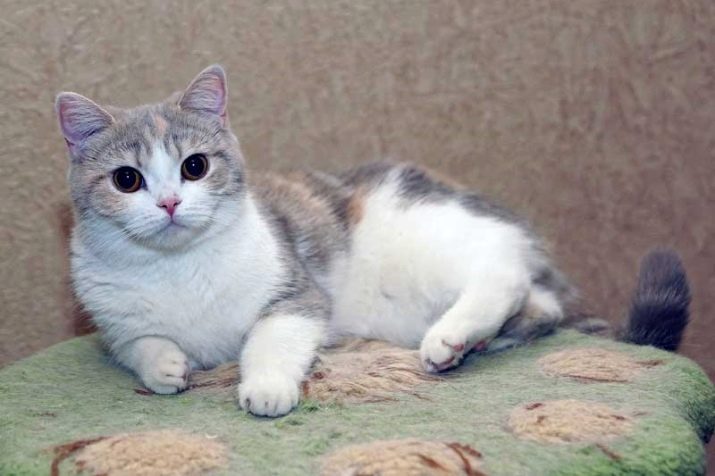
- Tortoise marble is quite rare, and mostly it happens only in cats, as, indeed, any tortoise color. This is due to the fact that males have practically no wool, in which there are 3 or more shades.
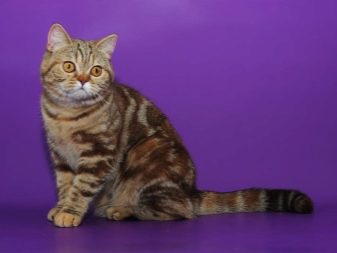
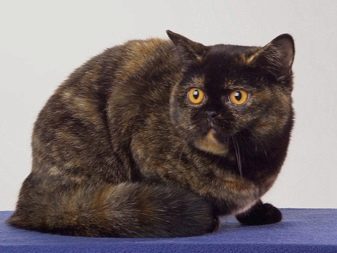
- Very delicate colors are purple and cream marble.
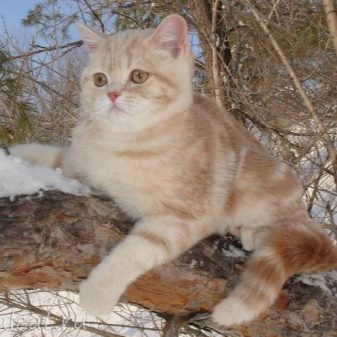
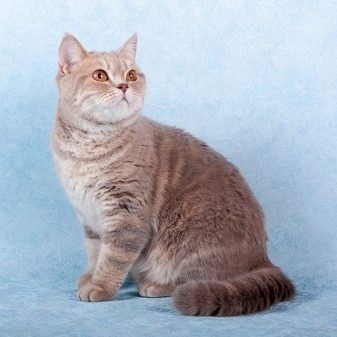
And also it should be noted that kittens with the so-called false marble color, which is called the moire, are often born. Very often, breeders unknowingly or with their special intentions sell such kittens at marble prices. Distinguishing such kittens is not always easy, but not so difficult either. The pattern on their wool, even in childhood, is uneven or not at all clear, with time it begins to completely disappear, leaving only small stripes and patterns that are barely visible.
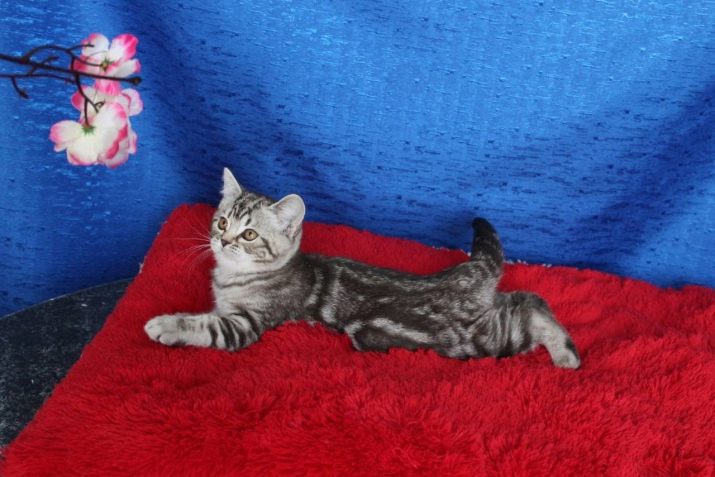
Marble kittens, on the other hand, have a rich and clear color since childhood, including the pattern itself, and the older they get, the more the pattern begins to look more vivid and whole.
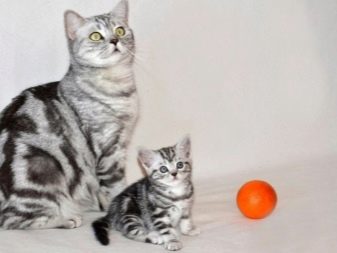
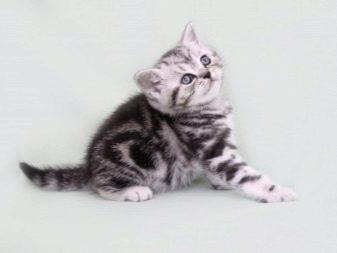
Character and habits
British kittens and adults are famous for having a very calm character. Moreover, these animals are wayward and very well-mannered. They get along quite hard with other feline representatives, but get along very well with dogs. In order for cats to make friends, it is best to raise them together since childhood.
British marble cats and cats are unobtrusive and delicate. They do not beg for food, do not impose themselves and do not wake up the owners in the morning. Most of their time they prefer to relax and lead a measured lifestyle. Quite playful, if they are not constantly bored, they get along badly with children, because they do not like constant grip. But at the same time, they are completely non-aggressive and not forgotten. Very wary of strangers. Do not get bored or do dirty in a house or apartment while you are alone.

In general, the liking of British marble representatives of this breed is no different from any purebred British. They are just as smart and smart, they quickly learn something new.
Care and maintenance recommendations
Caring for British marble cats and cats is not so difficult, but it’s it will take time.
- It is recommended to comb the animals with a special comb several times a week. This is done so that the wool does not roll and no tangles are formed.
- It is best to bathe the British as their coat becomes soiled. Usually 1-2 times a year, sometimes they are bathed immediately before the exhibitions. For bathing, special shampoos should be used, and not the ones that people use.
- Claws are sheared once every 2-4 weeks as they grow. A special nail clipper should be used for this procedure.
- The ears of animals should be cleaned very carefully and only as they become dirty. To do this, it is recommended to use a special liquid and a cotton pad, ears do not clean cats with cotton buds.
- Eye care should also be done very carefully. You can wipe them only with a cotton pad or a piece of gauze soaked in warm water or chamomile infusion. If pus is found in the eyes, it is very important to seek veterinary care in a timely manner, and not to self-medicate.
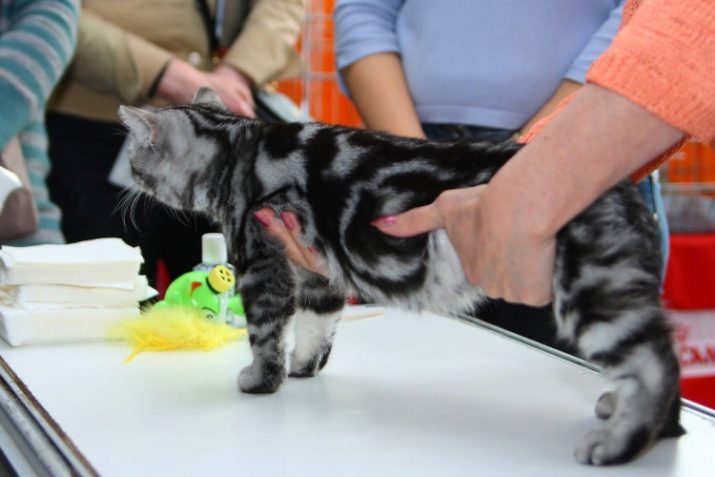
To avoid many viral diseases, which often affect cats, it is recommended that they receive a comprehensive vaccination, as well as rabies vaccination, once a year.
Before vaccination, animals are always given a remedy for helminitis. It can be either a suspension or a tablet. The main thing is to give the medicine according to the instructions and weight of the animal.
A cat or a cat must have its place in the house. It can be either a cat's house or a small pillow for sleeping. It is advisable to set up claws, otherwise the animals may inadvertently scratch floor surfaces and furniture.
As for feeding animals, they can be on fodder nutrition or on natural. Both diets have their pros and cons. The main thing is that any diet is balanced. Ready-made feeds are already such, but if we are talking about natural food, then in no case should it consist of food that a person consumes. All spicy, fried and salty, as well as fish and chicken bones are contraindicated.
The British recommended boiled vegetables, lean meat (idea, rabbit, chicken, young sheep), cottage cheese, yolks and some dairy products without additives. Whatever the nutrition of the animals, it is very important that they always have clean and fresh water. Bowls should always be washed thoroughly after eating.
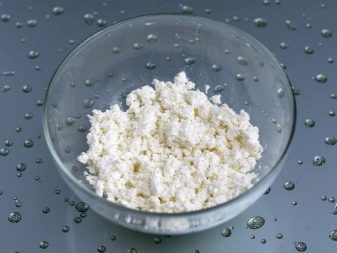
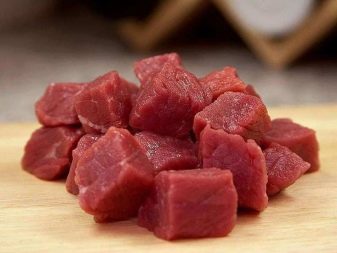
Breeding
Many breeders take cats and cats for breeding very seriously, and therefore their prices are much higher than those individuals that are sold only as pets. That is, under castration and sterilization. British with a marble color for sterilization on average cost 20-25 thousand rubles, and several times more expensive - for breeding. Depending on the reputation and popularity of the cattery, prices can reach up to 100 thousand rubles, but it will be a real, elite and thoroughbred kitten.
If you want to buy a marble kitten for further mating, you should understand that it must be with all the documents and the pedigree, otherwise it will be incredibly difficult to find a worthy thoroughbred pair.
And also it is worthwhile to understand that a fairly large room for keeping them is recommended for the breeding of marble British. Before deciding to breed British marble cats and cats, it is recommended to carefully weigh the pros and cons. A kitten should be purchased only in a trusted nursery with a good reputation.
You can call a marble boy or girl a very original name that will be liked by all household members in the house. Even if the animal was not purchased for mating, it will delight the whole family for many years, because on average the British live 17 years.
About British cats, see the following video:
